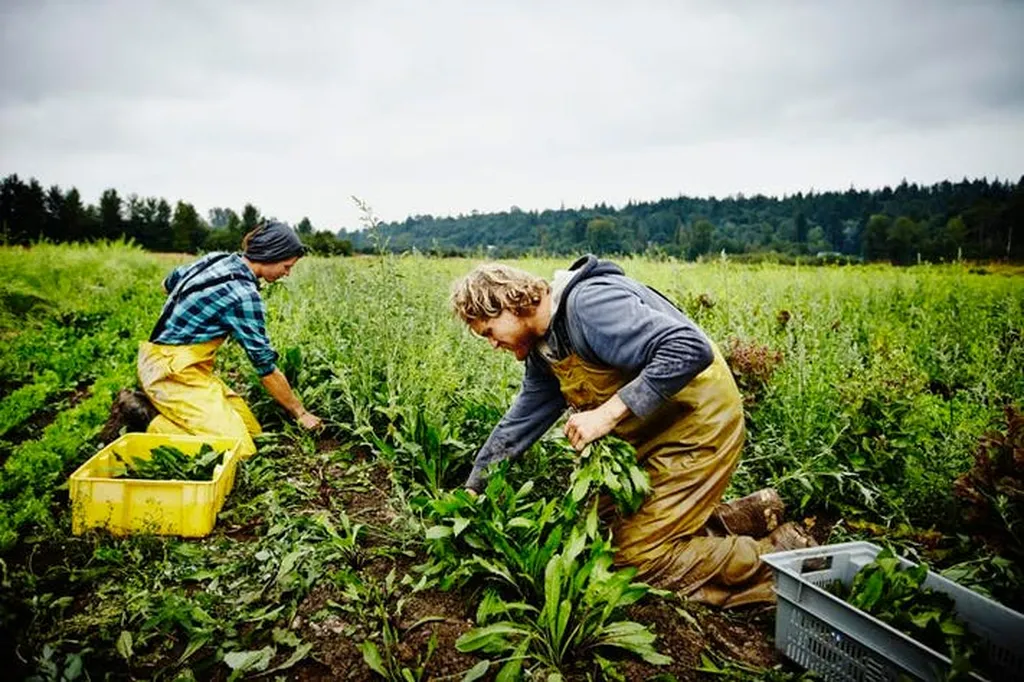A rapid shift toward precision robotics is reshaping global agriculture, with projections indicating that over 70% of farms worldwide will integrate robotic systems by 2025. This adoption marks a pivotal moment in farming, where automation is transitioning from a niche innovation to a mainstream necessity. The trend reflects broader industry pressures—labor shortages, climate volatility, and the need for higher efficiency—while offering a glimpse into how technology is redefining food production.
The data, drawn from industry analyses and agtech adoption forecasts, underscores a significant acceleration in robotic deployment. Autonomous tractors, AI-driven harvesters, and robotic weeders are no longer experimental; they are becoming standard tools for farms of all sizes. In regions like North America, Europe, and parts of Asia, early adopters have already demonstrated measurable gains in productivity and resource efficiency. For instance, robotic harvesters equipped with computer vision can pick delicate crops like strawberries or lettuce with minimal waste, while autonomous weeders reduce herbicide use by up to 90% through targeted mechanical removal.
The implications extend beyond labor savings. Precision robotics enables a level of accuracy in planting, irrigation, and crop care that was previously unattainable. By combining real-time data from soil sensors, drones, and satellite imagery, these machines adjust their actions dynamically—applying water or nutrients only where needed, or altering planting depth based on micro-topography. This granular control not only boosts yields but also mitigates environmental impact, addressing two of agriculture’s most pressing challenges: sustainability and scalability.
Yet, the transition isn’t without hurdles. The upfront cost of robotic systems remains a barrier for smallholder farmers, though leasing models and cooperative ownership are emerging as viable solutions. There’s also the question of digital literacy; operating and maintaining advanced machinery requires training, prompting agtech companies to invest in user-friendly interfaces and remote support. Regulatory frameworks, too, are evolving to keep pace, with governments in agricultural powerhouses like the U.S., Netherlands, and Japan fast-tracking approvals for autonomous farm equipment.
What’s clear is that this robotic revolution is not just about replacing human labor—it’s about augmenting it. Farmers are increasingly acting as managers of highly interconnected systems, where machines handle repetitive tasks while humans focus on strategy, data interpretation, and decision-making. In Japan, where the average farmer is over 67 years old, robots are filling critical gaps in the workforce, ensuring that aging farmers can continue operating productively. Meanwhile, in the U.S. Midwest, autonomous planters are allowing family-run farms to expand their acreage without proportional increases in labor costs.
The environmental benefits are equally compelling. Precision robotics reduces over-application of inputs like fertilizers and pesticides, which not only cuts costs but also minimizes runoff into waterways—a major contributor to ecological degradation. In California’s Central Valley, robotic systems paired with drip irrigation have slashed water usage in almond orchards by up to 30%, a critical adaptation in a region plagued by drought. Similarly, in the Netherlands, greenhouse robots are optimizing energy use in controlled-environment agriculture, aligning with the country’s ambitious sustainability targets.
As 2025 approaches, the question is no longer *if* robotics will dominate agriculture, but *how quickly* the remaining 30% of farms will follow suit. The answer may lie in collaborative models, where smaller farms pool resources to access shared robotic fleets, or in government subsidies that incentivize adoption. What’s certain is that the farms of the future will look radically different from those of the past—more efficient, more sustainable, and more reliant on the seamless integration of human expertise and machine precision. For an industry that must feed a projected 9.7 billion people by 2050, that transformation isn’t just welcome; it’s essential.

